I'm new to PHP. After lots of search I managed to somehow use my web service that is created by Java with PHP but the problem is the constructor of SoapClient class is very slow. Here's my PHP code:
<?
require_once('SOAP/Client.php');
$url = "http://127.0.0.1:8024/_RS?wsdl";
$sc = new SoapClient($url);
?>
This takes up to 3 minutes some times. I don't know what the problem is. After creating the constructor I could use it in a for loop for 50 times in 1 second so I'm pretty sure that the constructor is the part that is slowing down my code.
What do you think is causing the problem?
Thank you in advance.
PS: More information in my other question: https://stackoverflow.com/questions/5929669/call-a-wsdl-web-service-created-by-java-from-nushphere-phped
PPS:
As suggested by AJ, I used XDebug and kcachegrind to analyze the problem. As you can see, I was right. Here's the picture:
